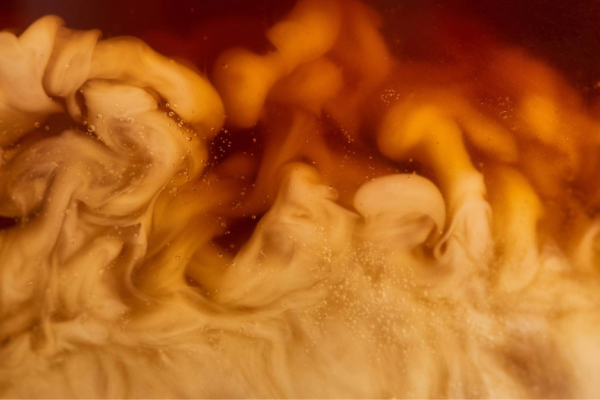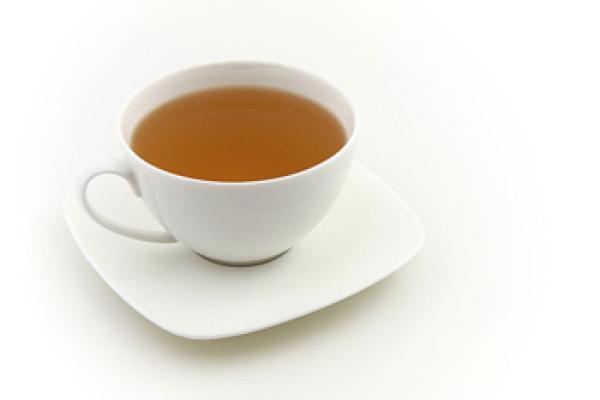
Living proof: Codina Cotar and some amazing mathematical art
In this episode of Maths on the Move Codina Cotar discusses some of the jaw-dropping entries of a recent maths-art competition.

In this episode of Maths on the Move Codina Cotar discusses some of the jaw-dropping entries of a recent maths-art competition.

The process of diffusion has been studied for centuries. But reserachers have recently begun to study a competing process – anti-diffusion. Find out more in this collection of content from a recent research programme at the INI.




Researchers from different fields recently came together to improve our understanding of anti-diffusion, the process behind the distinct bands of Jupiter, that also plays a role in our oceans and in developing plasma fusion reactors.

Whenever you smell the lovely smell of fresh coffee or drop a tea bag into hot water you're benefiting from diffusion. Find a quick introduction to the concept here.
Calculus has long been key to describing the world. Now fractional calculus is providing new ways of describing complex systems.

Can a mathematical model of zombies' movements allow the human race to survive impending doom?